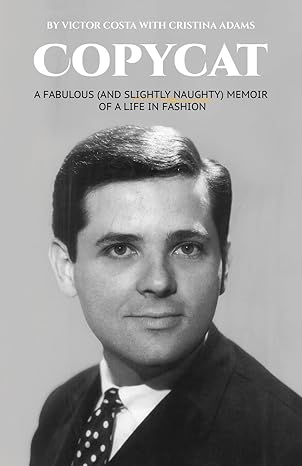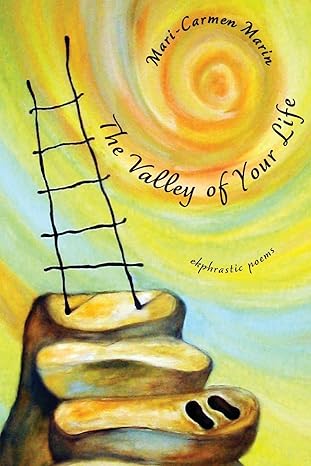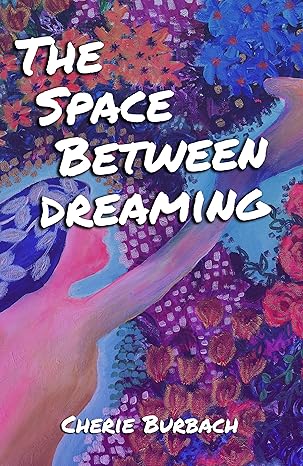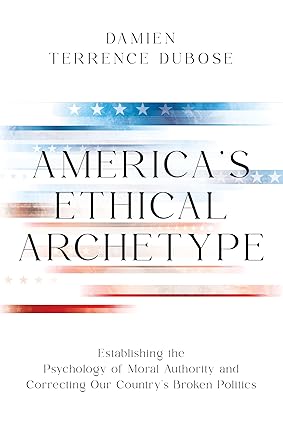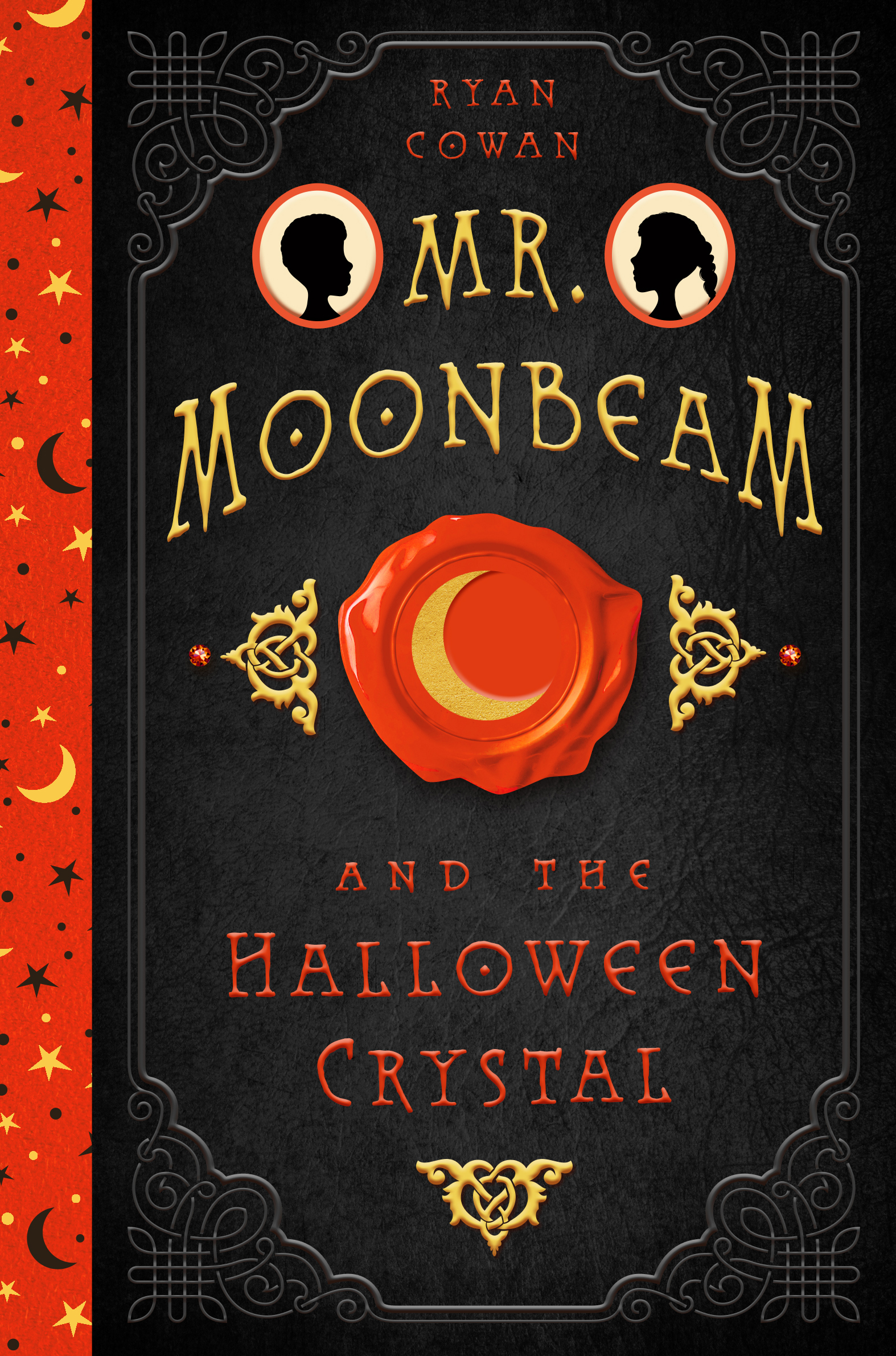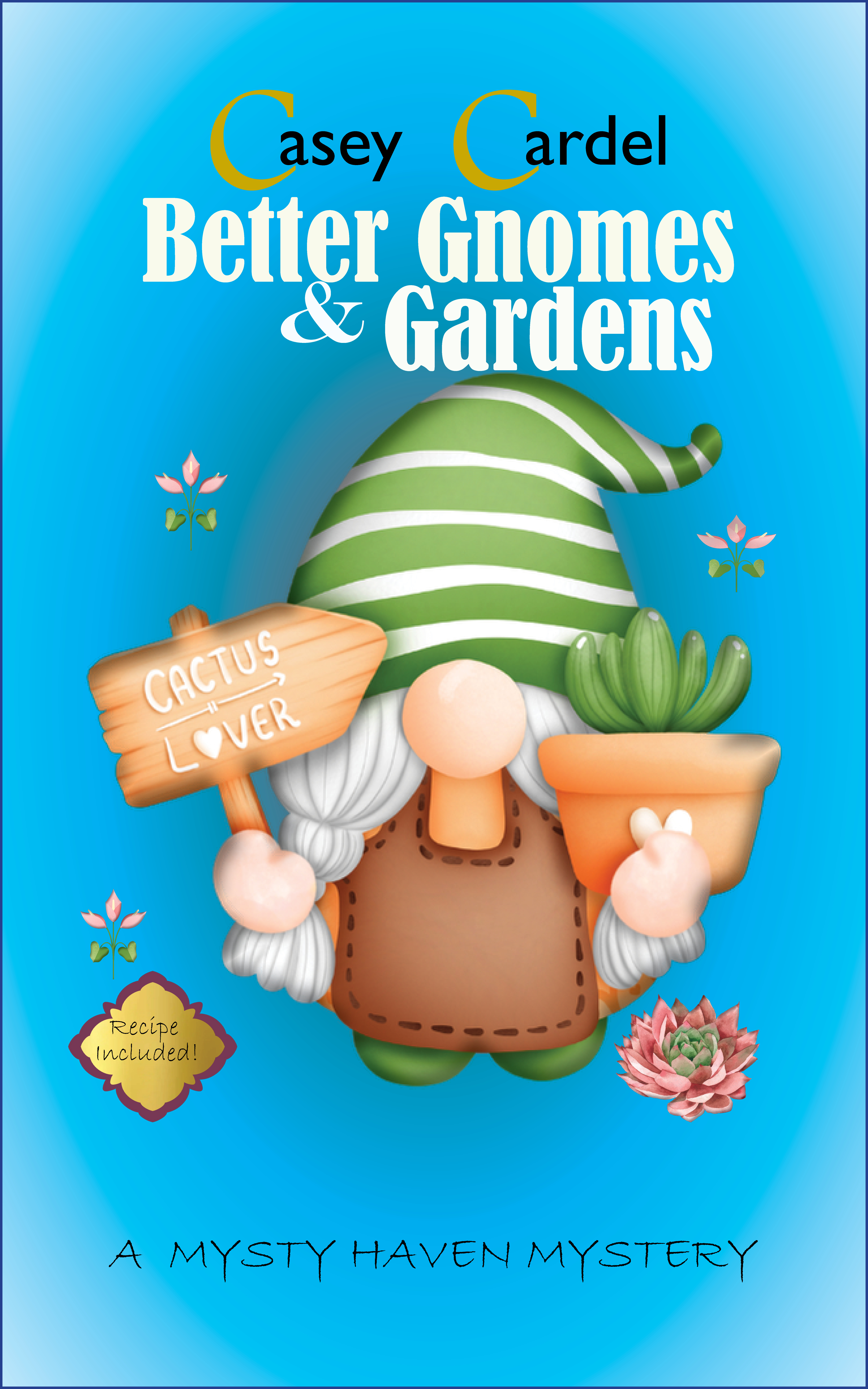Encore: A High Achiever's Guide to Thriving in Retirement
| Category: | Personal Transformation Self-Help |
|---|---|
| Author: | Elizabeth Zelinka Parsons |
| Publisher: | Bublish |
| Publication Date: | February 5, 2025 |
In Encore: A High Achiever's Guide to Thriving in Retirement, Elizabeth Zelinka Parsons skillfully provides a roadmap for navigating the complex retirement landscape for high-achieving professionals. Parsons begins by addressing the pervasive anxiety surrounding retirement, highlighting how the transition can often feel like a loss rather than liberation. The deeply instilled identity intertwined with professional success can create confusion and disquiet. She captures the philosophy of the achiever when she states, “I achieve; therefore, I am,” and this mindset can cause trouble when it is time to leave the scene. The author dismantles the traditional retirement narrative as a leisurely end-of-life phase, proposing a re-imagined journey akin to graduation. This metaphor suggests that retirement can symbolize the beginning of a new chapter filled with purpose and opportunity rather than mere withdrawal from the workforce. Parsons encourages readers to design their post-career lives intentionally, advocating for structured approaches to ease this transition.
Furthermore, Parsons advocates the “twin pillars'' of intentional retirement planning: identity bridging and life restructuring. She elucidates that acknowledging aspects of one’s identity beyond professional roles is crucial for cultivating a fulfilling life after work. Through engaging exercises and storytelling, she guides individuals to rediscover their passions and redefine their sense of purpose, thus illuminating paths to new endeavors. Encore: A High Achiever's Guide to Thriving in Retirement articulates essential topics, including the paradox of the comfort zone, the need for intentional retirement planning, and the importance of identity and self-discovery in retirement, why one should redefine purpose and meaning in retirement, the strategies for creating structure and time sovereignty in retirement, the pursuit of personal fulfillment and new forms of meaningful engagement, the place of relationships, health, and energy in retirement, and designing a successful transition and creating a new professional identity.
The book challenges the traditional notion of retirement as
a passive state of leisure and offers a proactive approach to navigating the
transition to this new stage of life. It argues that high-achieving
professionals can thrive in retirement by redefining their sense of purpose,
identity, and fulfillment. The book is written for high-achieving professionals
approaching retirement or transitioning to this new stage of life. It will
likely appeal to individuals seeking a more purposeful and fulfilling life
beyond their careers. The book's tone is conversational yet empowering, with
applicable strategies to embrace change. Parsons stresses that accessing joy
and creativity through play is vital to maintaining well-being and engagement
in retirement. She illustrates her points with real-life examples, showcasing
how individuals like Howard Marks transitioned from well-defined professional
identities to fulfilling post-career lives rich with passion projects and
volunteer work. This is the wisdom that high-performing individuals need, as
well as anyone with questions about successfully transitioning to retirement.




.jpg)














